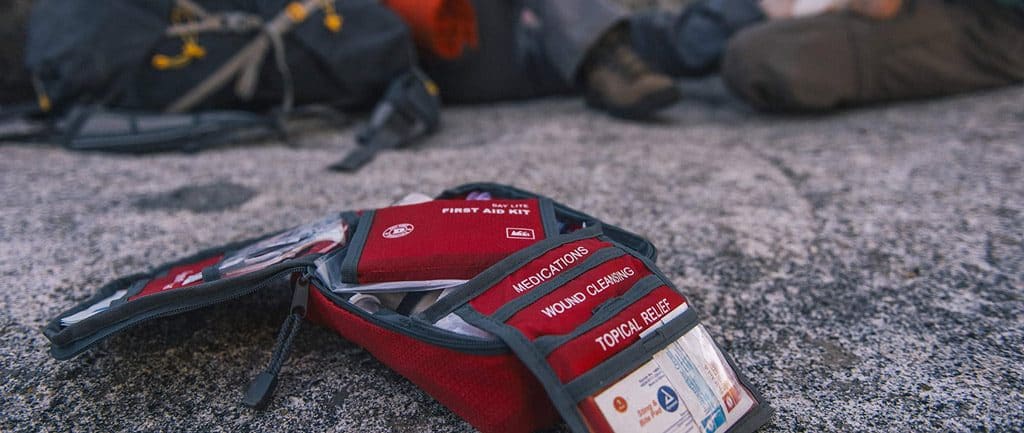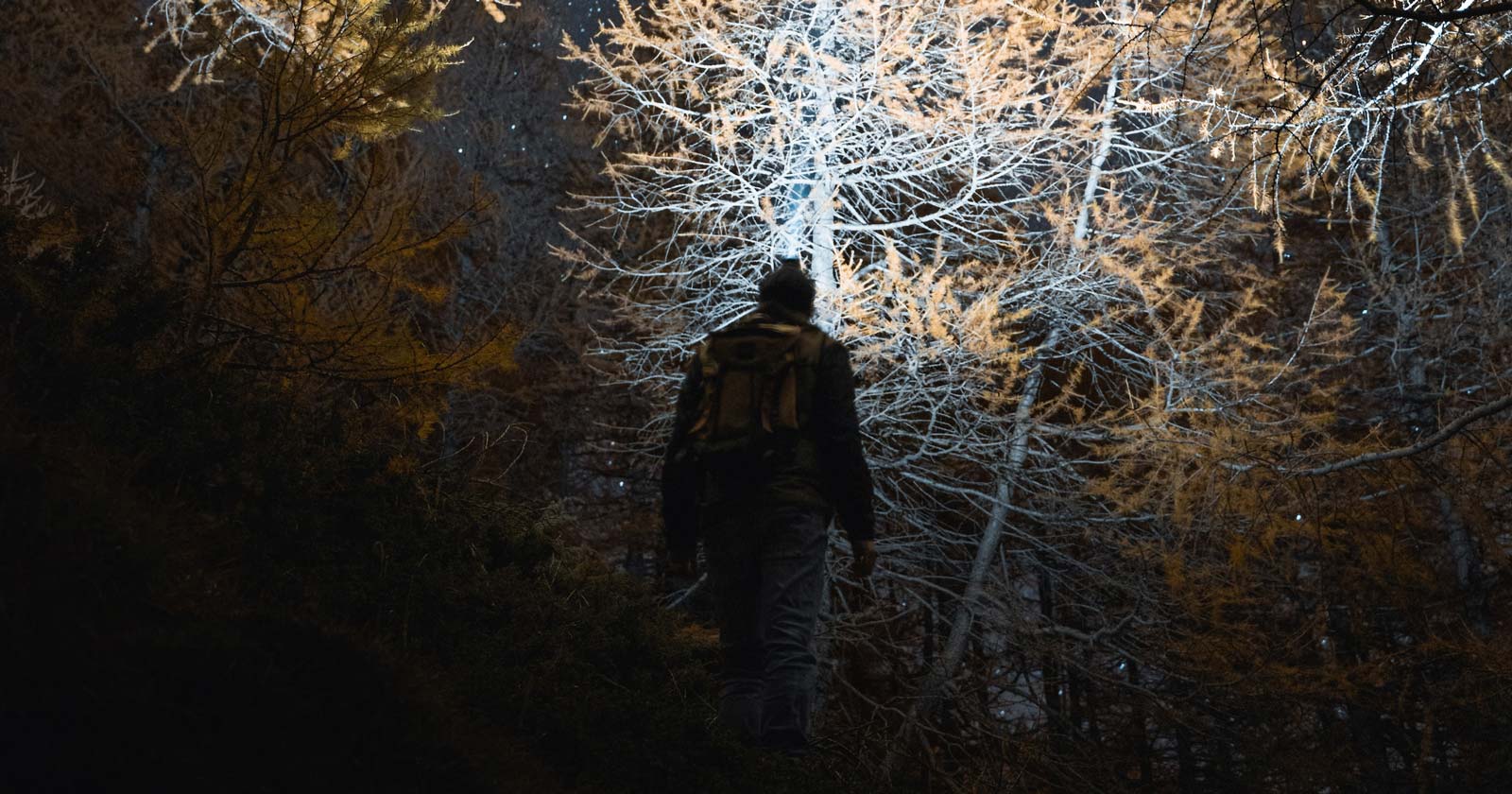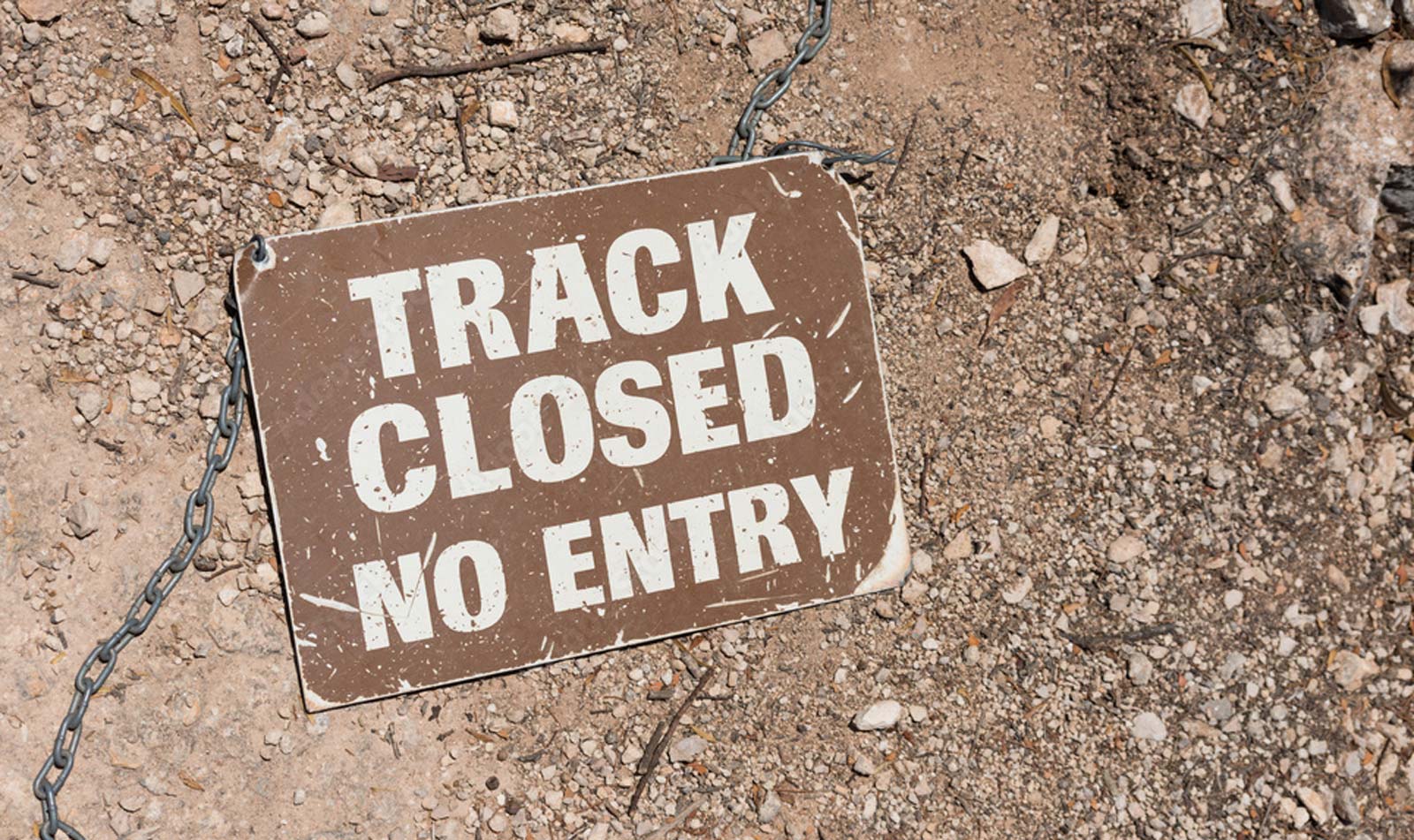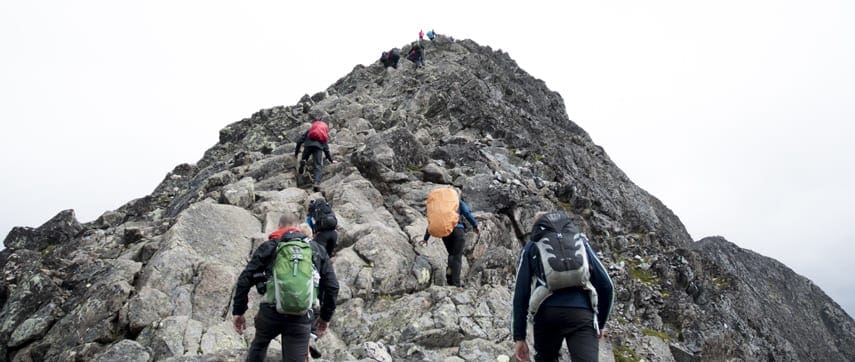Always Carry a First Aid Kit
Regardless of the length of your hike, carrying a well-equipped first aid kit is essential. Accidents can happen—whether it’s a twisted ankle, a minor cut, or even an insect or snake bite. Being prepared for the unexpected can significantly impact your safety and well-being. Most first aid kits are compact and designed to include all the essential items needed to address common hiking injuries.
Building Your First Aid Kit from Scratch
When assembling your first aid kit, consider categorising the items to ensure you’re well-prepared for a variety of situations:
Basic Supplies
- Compact first aid manual: A quick reference guide for addressing injuries and emergencies.
- Pressure immobilisation bandages: For serious injuries, such as snake bites or fractures.
- Regular roller bandages: To secure dressings or provide support to injured limbs.
- Triangular bandages: Useful for immobilising fractures or creating slings.
Wound Care
- Gauze or cotton pads: For cleaning and dressing wounds.
- Assorted adhesive bandages: Different sizes for blisters and cuts.
- Moleskin and/or blister care kit: For treating and preventing blisters.
- Antiseptic cream: To disinfect wounds and prevent infection.
- Saline solution: For rinsing wounds or eyes.
Insect and Animal Bites
- Ointment for insect bites: To relieve itching and swelling.
- Antihistamine: For allergic reactions to bites or stings.
- Snake bandages: a must for anyone hiking in Australia. It’s recommended to always carry a couple,
Pain Relief and Hydration
- Soluble pain relievers: Such as paracetamol or ibuprofen, to manage pain.
- Electrolyte replacement powders: To replenish lost salts during strenuous activity.
Navigation and Signalling
- Matches and flint: For starting a fire in emergency situations.
- Personal locator beacon (PLB): To send distress signals in remote areas.
Tools and Accessories
- Tweezers and splinter removal tools: For extracting splinters or ticks.
- Small scissors or nail clippers: For cutting bandages or clothing.
- Notepad and pencil: To document incidents or communicate vital information.
Personal Medication
- Personal medication: Always carry your prescribed medications with clear instructions.
Additional Recommendations
I highly recommend that you also carry a personal survival kit tailored to your hiking environment. This can include items such as a multi-tool, emergency blanket, or a whistle.

Here’s a few more great ideas
Check out my Ten Tips for Wilderness First Aiders.
The Red Cross offers a free First Aid app, serving as a comprehensive pocket guide. With access to up-to-date information anytime, anywhere, this app supports essential life-saving skills learned through Red Cross training. It features quick instructions, interactive quizzes to test your knowledge, and helpful videos and images.
Read more and download the app here.





